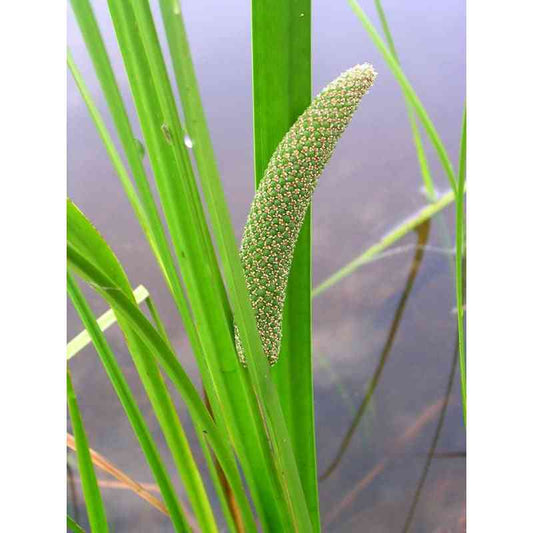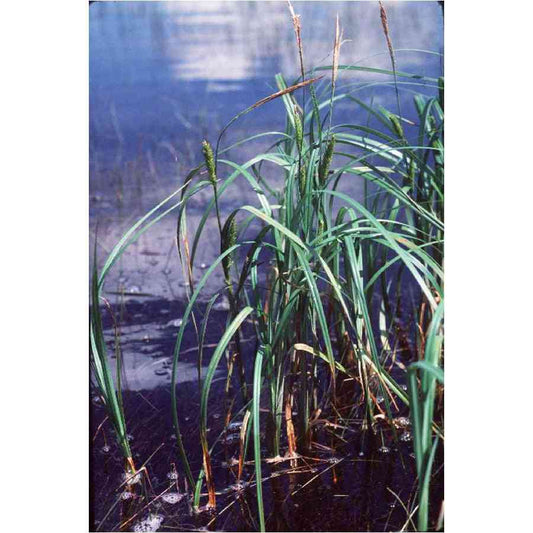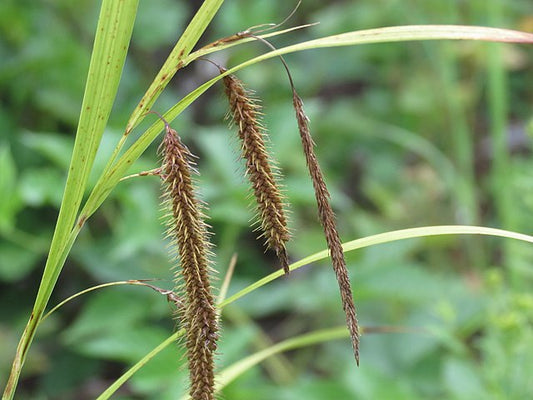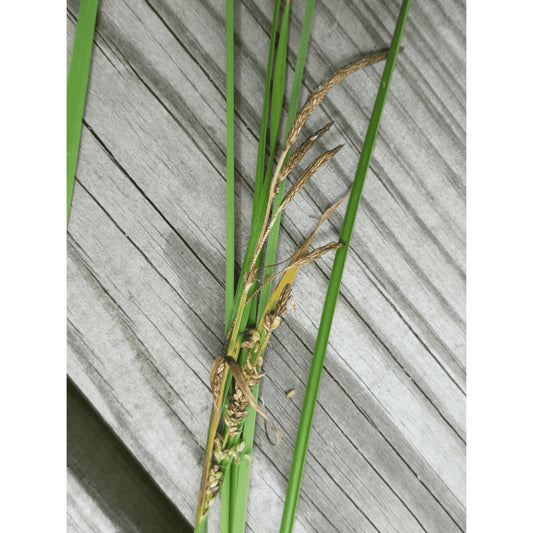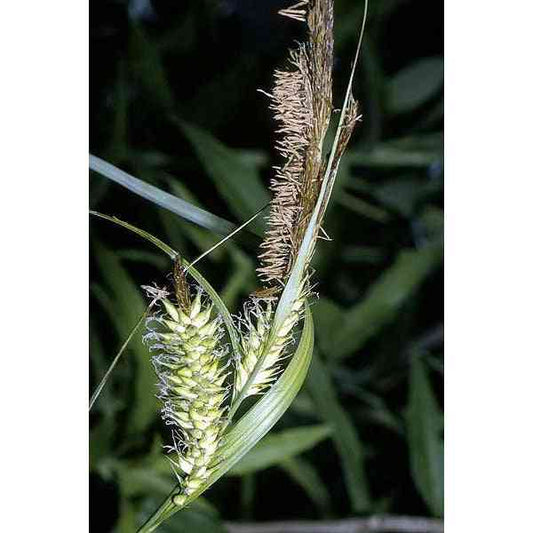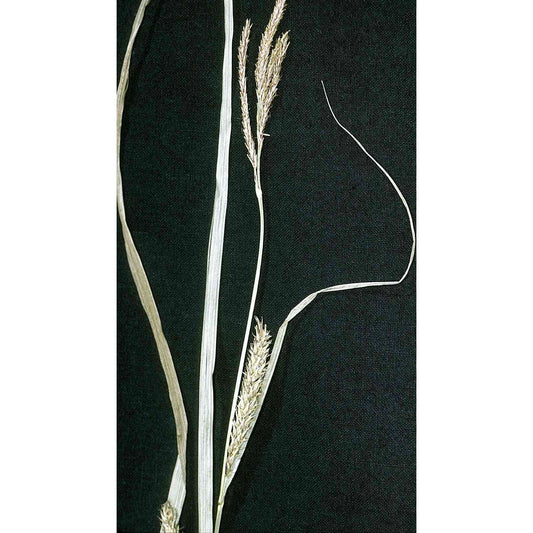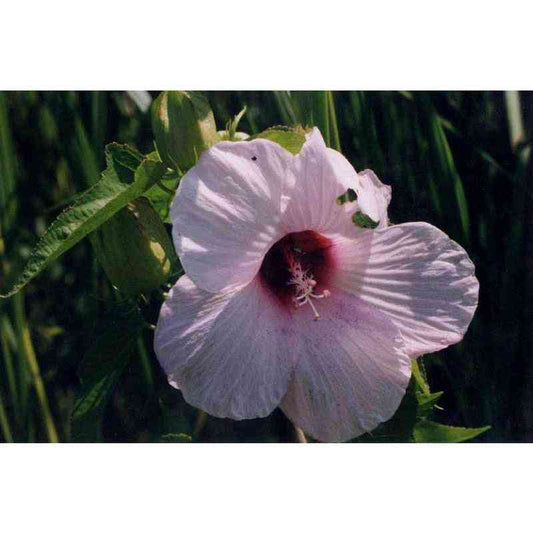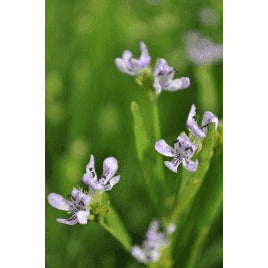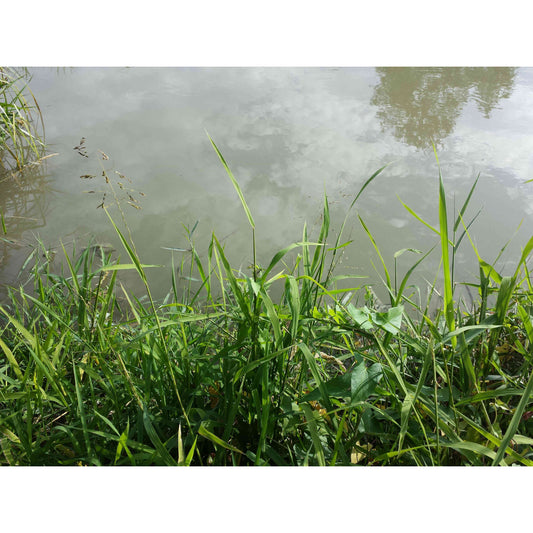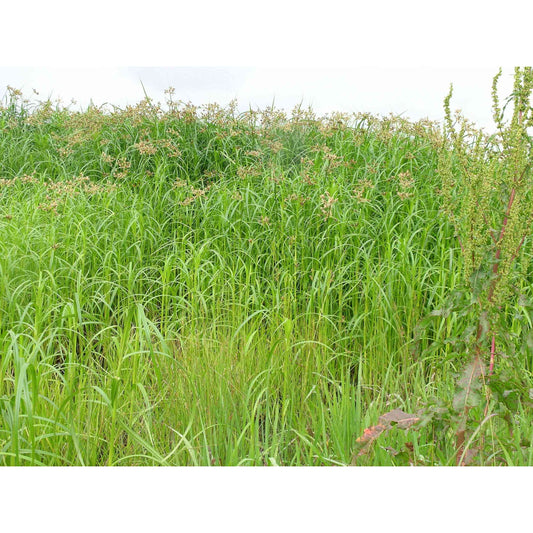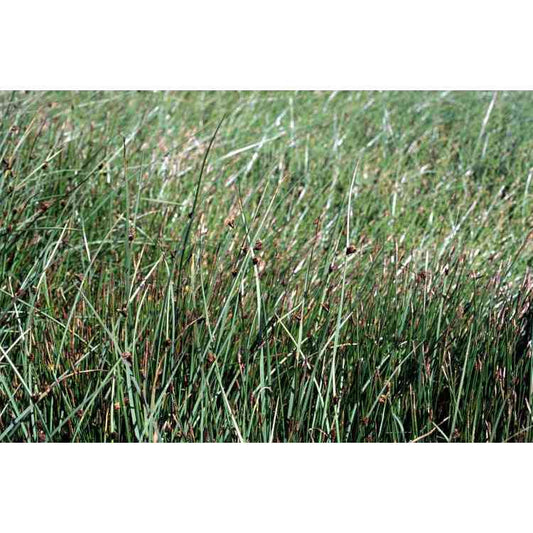Collection: Warrior Plants - River & Stream
The ecological significance of "Warrior Plants" in river and stream environments cannot be overstated, as they serve a critical function in stabilizing river and stream banks.
What are Warrior Plants? Warrior Plants are specifically selected species that are highly competitive in their niche community. These highly competitive traits help ward off invasive species. When used as part of Flywheel Ecology they are your secret weapon in building resilient, healthy ecosystems. It is important to note that many of these plants are not easy or impossible to establish from seed under these challenging conditions and many of the Warrior Plants reproduce vegetatively so they don't produce much seed and may be difficult to acquire by seed. Therefore, we strongly recommend their installation by plug to ensure their successful establishment.
Restoring river and stream corridors poses several challenges, including the continuous disturbance from flowing water, scour force, and the constant influx of invasive species from upstream. To address these difficulties, it is crucial to maximize the benefits of these resilient Warrior Plants. Without their installation, invasive species will become an ongoing issue, necessitating the extensive and never-ending use of herbicides. Thus, it is imperative to prioritize the use of these plants in stream and river restoration projects to maintain ecological balance and protect vital habitats.
We have established generalized planting zones that can be sorted in the plant list to help develop a planting plan for your river and stream stabilization project.
Cut Bank Side Of River/Stream Planting Zones:
- Cut Bank Toe of Slope (very tough zone area in high flow / scour streams)
- Cut Bank Low to Mid Slope
- Cut Bank High Slope
Deposition Side and straight Sections of River/Stream Planting Zones:
- Deposition Toe of Slope
- Deposition Low To Mid Slope
- Deposition High Slope
Woody Warrior Plants
Certain species of shrubs and trees can be used to stabilize banks, but too much shade can also cause erosion. We believe in stabilizing with rhizomatous herbaceous plants primarily in the midwest, not only because they have the highest fine root counts per square foot, but because they can adapt better to farm and urban flows, and they create an environment that can be managed with prescribed fire significantly easier than with woody species intermingled. We prefer to plant woody species after herbaceous pants are established and management demand has waned.

